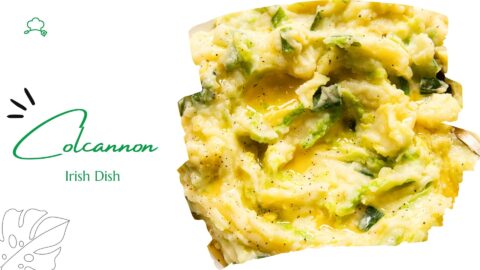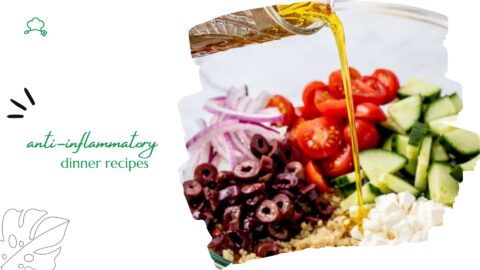When it comes to making a delicious corned beef and cabbage dish, selecting the right ingredients is key. Here are some tips to help you choose the best ingredients for your recipe.
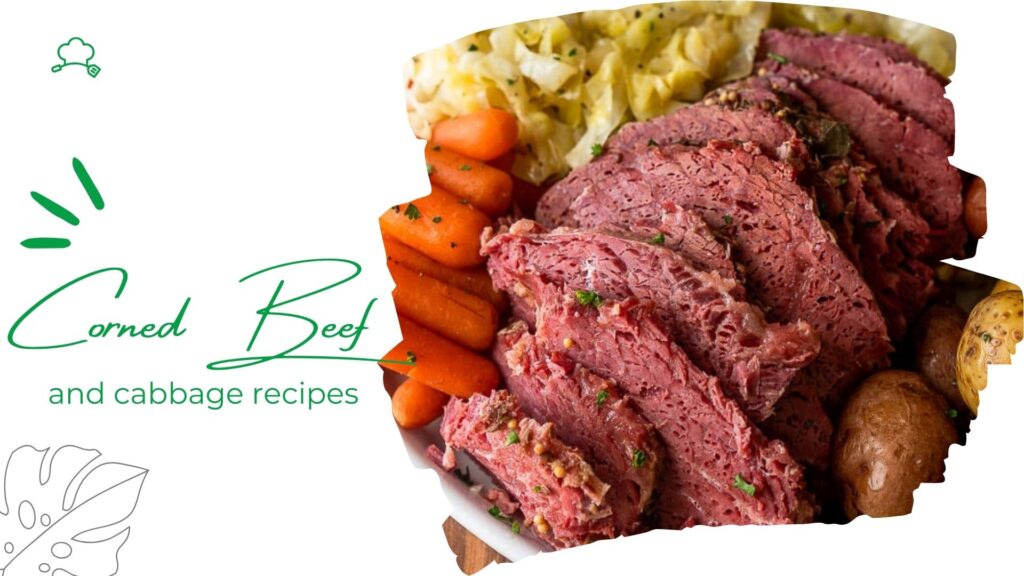
Choosing Quality Corned Beef
Corned beef is the star of the show in this dish, so it’s important to choose a quality cut of meat. Look that is well-marbled and has a bright, pink color. Avoid any cuts that have a grayish tint or are slimy to the touch, as this can be a sign of spoilage.
When selecting , you’ll also want to pay attention to the cut of meat. Brisket is the most common cut used for corned beef and cabbage, but you can also use round or rump roast. Brisket has more fat, which can add flavor and tenderness to the meat, but round or rump roast can be a leaner option.
Picking Fresh Cabbage
Cabbage is another important ingredient in this dish, and choosing a fresh head of cabbage can make all the difference in the flavor of the final product. Look for cabbage heads that are firm, heavy, and have crisp leaves. Avoid any heads that are wilted, discolored, or have soft spots.
When it comes to the type of cabbage to use, green cabbage is the most common variety used in recipes. However, you can also use savoy cabbage or Napa cabbage for a slightly different flavor and texture.
Additional Vegetables and Spices
While corned beef and cabbage are the main ingredients in this dish, you can also add additional vegetables and spices to enhance the flavor. Carrots and potatoes are common additions, but you can also add turnips, parsnips, or onions for added flavor and texture.
Spices are also important in this dish, and the most common spice used is pickling spice. Pickling spice is a blend of spices that typically includes mustard seed, coriander, bay leaves, and peppercorns. You can also add additional spices such as thyme, rosemary, or garlic for extra flavor.
Preparation Techniques
Brining Corned Beef
Corned beef is typically made by brining a beef brisket in a mixture of salt, sugar, and spices. Brining the beef helps to tenderize the meat and infuse it with flavor. It is important to use a large enough container to hold the beef and the brine, and to make sure the beef is fully submerged in the brine. The brine should be refrigerated for several days, allowing the flavors to penetrate the meat.
Cooking Methods
Corned beef can be cooked in a variety of ways, including boiling, baking, and slow cooking. Boiling is the most traditional method and involves simmering the beef in water for several hours until it is tender. Baking is another popular method, and involves cooking the beef in the oven with vegetables and seasonings. Slow cooking is a newer method that involves cooking the beef in a slow cooker for several hours until it is tender.
Cabbage Preparation Tips
Cabbage is a common accompaniment to corned beef, and there are several ways to prepare it. One popular method is to boil the cabbage in the same pot as the CB, allowing the flavors to meld together. Another method is to sauté the cabbage with onions and bacon for added flavor. It is important to remove the core and outer leaves of the cabbage before cooking, and to cut it into wedges or shreds for even cooking.
Recipe Variations
Corned beef and cabbage is a classic St. Patrick’s Day dish that has been enjoyed for generations. While the traditional Irish recipe is the most well-known, there are many variations that have been adapted over the years. Here are a few popular recipe variations:
Traditional Irish Recipe
The traditional Irish recipe for corned beef and cabbage is simple and straightforward. It typically includes corned beef brisket, cabbage, potatoes, and carrots. The brisket is boiled with spices for several hours until it is tender, and then the vegetables are added to the pot. The resulting dish is hearty, flavorful, and perfect for a St. Patrick’s Day celebration.
American Style
The American version of corned beef and cabbage is a bit different from the traditional Irish recipe. It often includes additional ingredients like onions, garlic, and beer, which give the dish a richer flavor. Some recipes also call for the addition of mustard, brown sugar, or other seasonings to enhance the taste. While the American version may not be as authentic as the Irish recipe, it is still a delicious and satisfying dish that is perfect for any occasion.
Slow Cooker Adaptations
For those who want to enjoy without spending hours in the kitchen, there are many slow cooker adaptations available. These recipes typically involve placing all of the ingredients in a slow cooker and letting them cook for several hours on low heat. The result is a tender, flavorful dish that requires very little effort. Slow cooker adaptations are perfect for busy families or anyone who wants to enjoy a delicious meal without spending too much time in the kitchen.
In conclusion, is a versatile and delicious dish that can be adapted to suit anyone’s tastes. Whether you prefer the traditional Irish recipe, the American version, or a slow cooker adaptation, there is a recipe out there that will satisfy your cravings.
Best recipes :
1

Slow Cooker Corned Beef and Cabbage
2

Slow Cooker Corned Beef and Cabbage
3
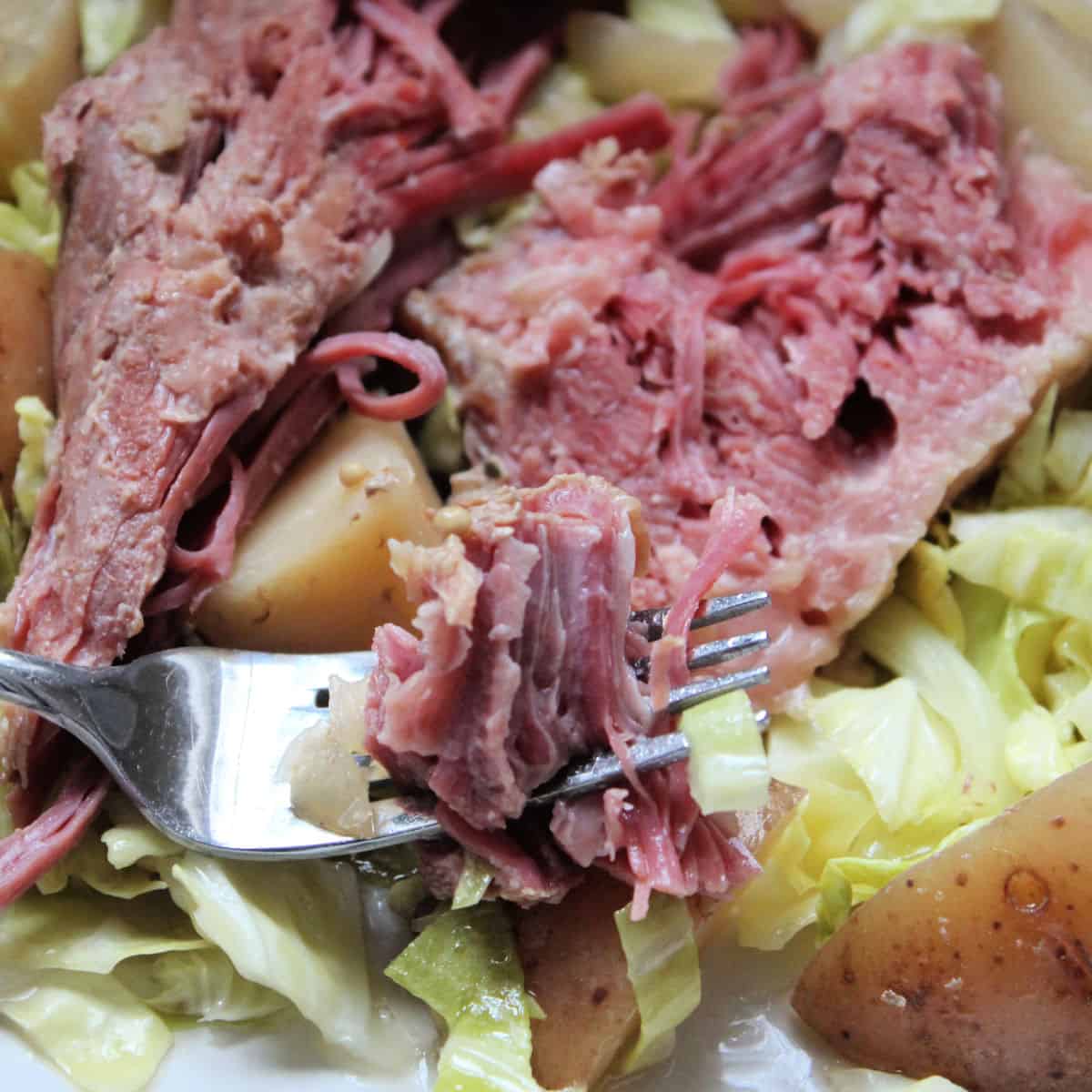
Crock Pot Corned Beef and Cabbage – Tammilee Tips
4
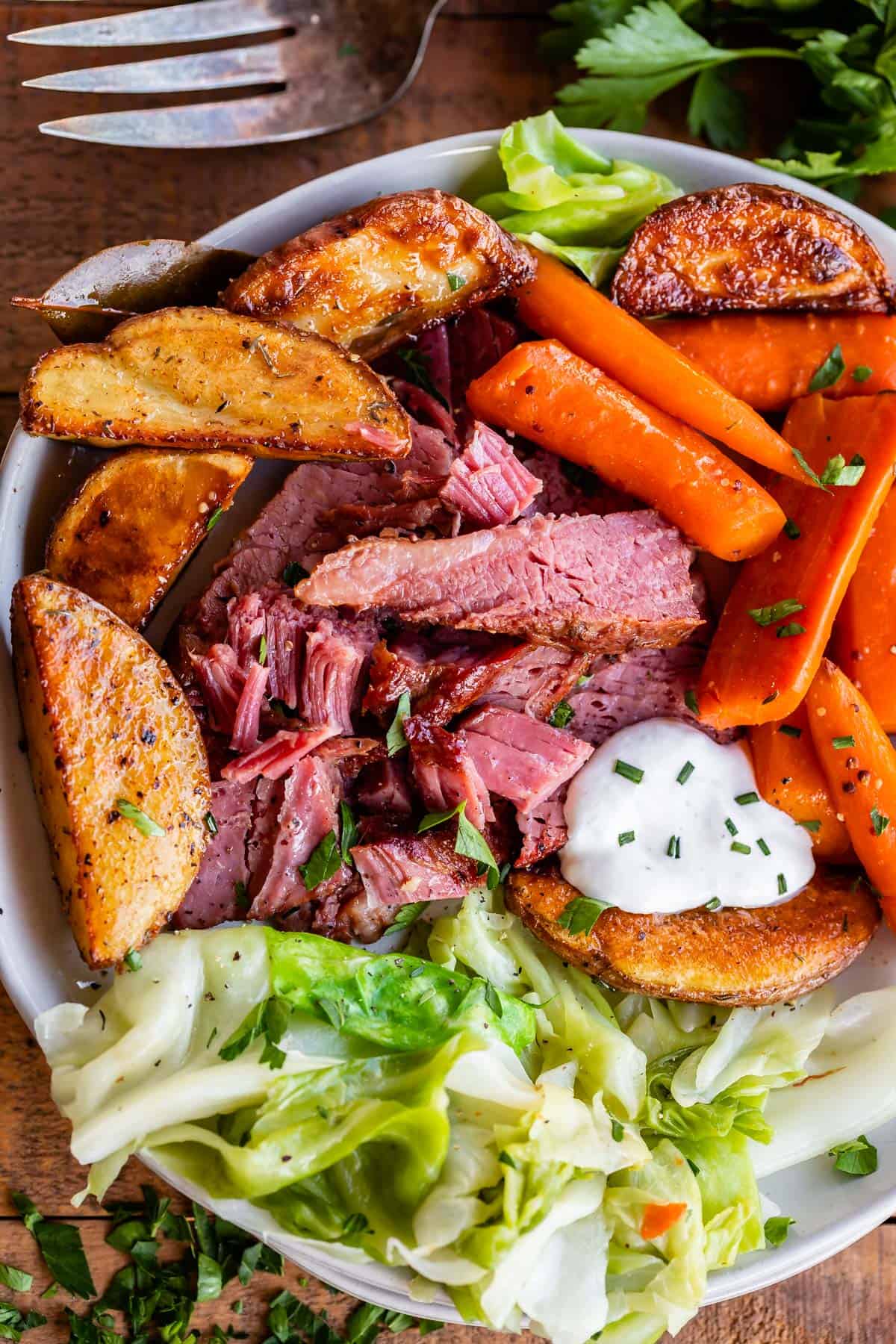
Best Corned Beef Recipe (Crockpot or Oven) from The Food Charlatan
5
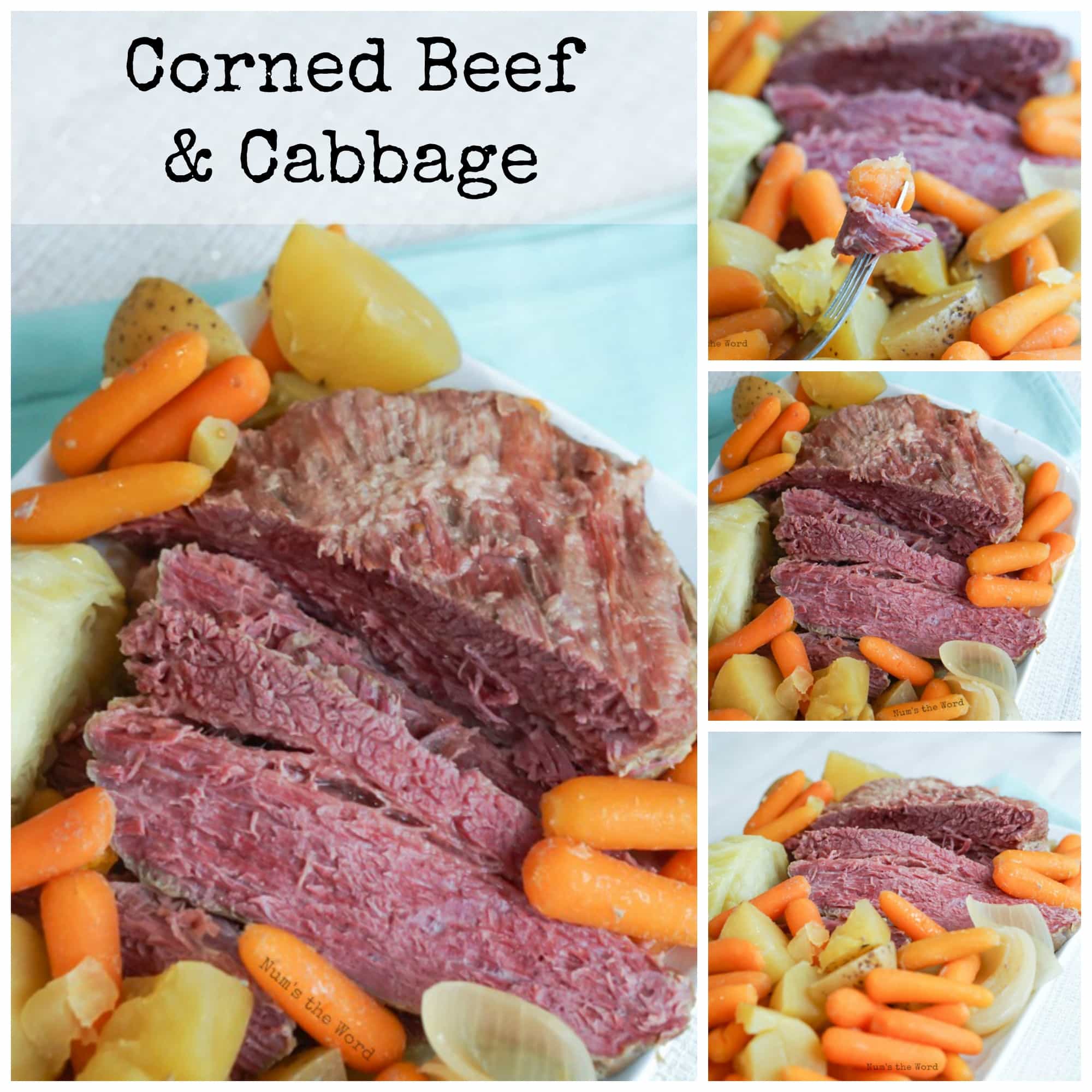
Corned Beef & Cabbage
6

Corned Beef and Cabbage Slow Cooker Recipe
7

Slow Cooker Corned Beef and Cabbage
8

Best Easy Crock Pot Corned Beef Recipe
9
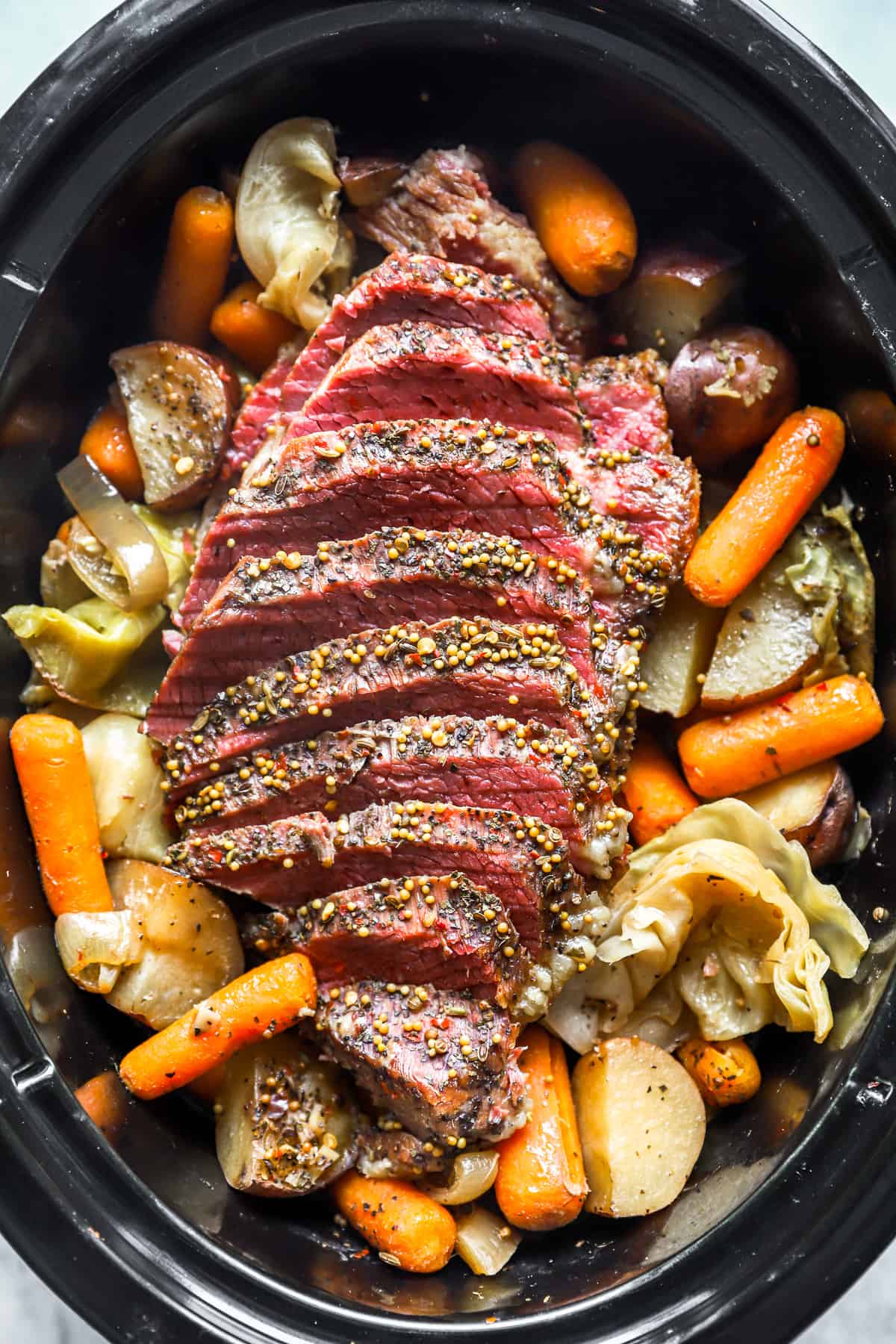
Crockpot Corned Beef and Cabbage Recipe – The Cookie Rookie®
10
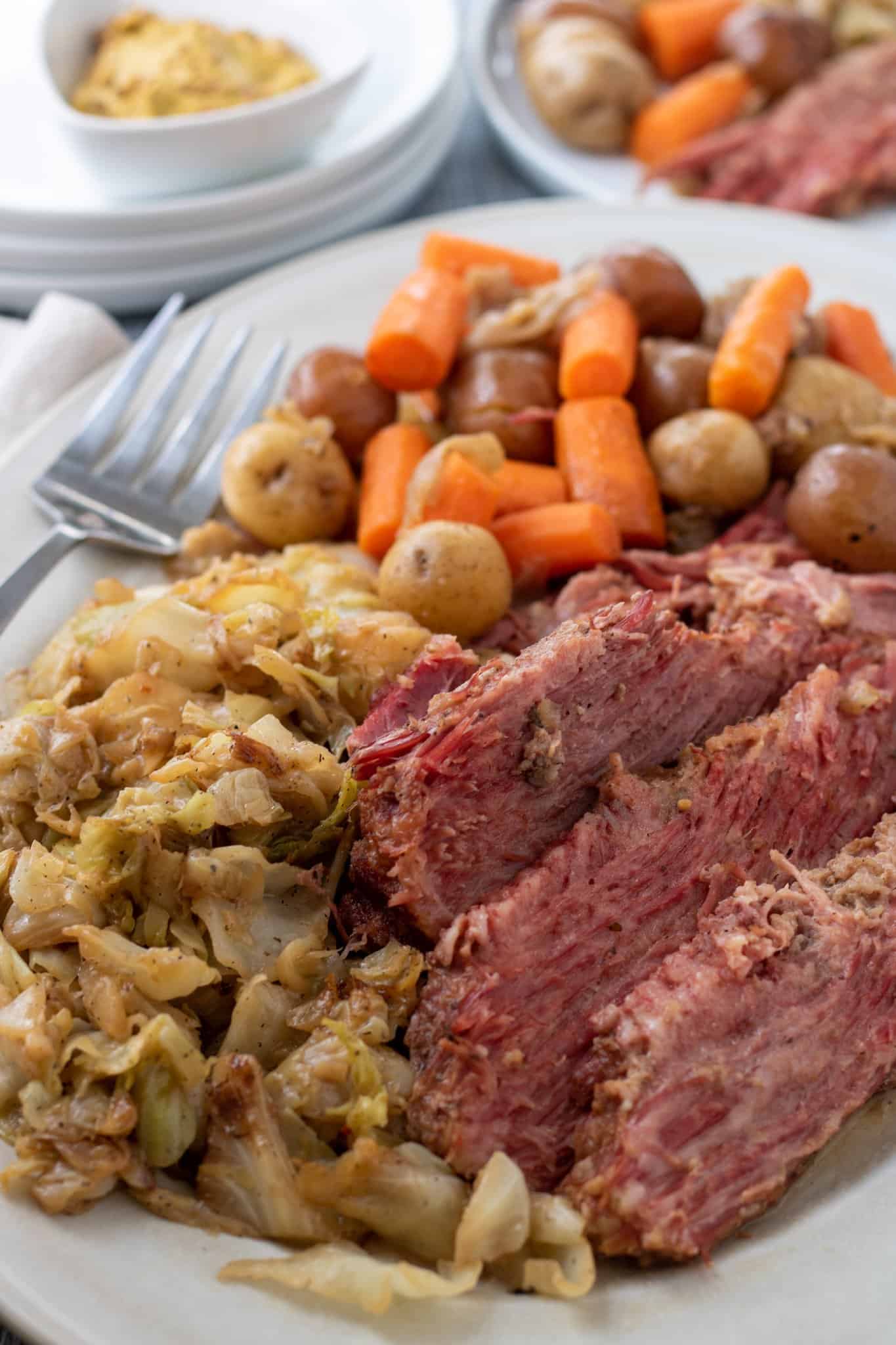
Corned Beef and Cabbage Dinner (Crockpot or Instant Pot!) – Wine a Little, Cook a Lot
Frequently Asked Questions
How can I make corned beef and cabbage in a slow cooker?
Cooking corned beef and cabbage in a slow cooker is easy and convenient. Simply place the corned beef brisket in the slow cooker with the spice packet that comes with it, add enough water to cover the meat, and cook on low for 8-10 hours. About an hour before serving, add the cabbage wedges to the slow cooker and continue cooking until the cabbage is tender. For more detailed instructions, check out this recipe.
What are some traditional Irish ways to prepare corned beef and cabbage?
In Ireland, corned beef and cabbage is not a traditional dish. Instead, bacon and cabbage is a popular meal. However, Irish immigrants in the United States substituted corned beef for bacon due to its availability and affordability. One traditional Irish way to prepare corned beef is to boil it with potatoes, carrots, and onions. Another way is to serve it with colcannon, a dish made with mashed potatoes, cabbage, and butter.
What are the best side dishes to serve with corned beef and cabbage?
Some popular side dishes to serve with corned beef and cabbage include boiled potatoes, roasted carrots, braised cabbage, Irish soda bread, and Guinness beer. For a lighter option, a simple green salad or roasted Brussels sprouts can also complement the meal.
Is it necessary to soak corned beef before cooking, and if so, why?
Soaking corned beef before cooking is not necessary, but it can help remove excess salt and improve the flavor and texture of the meat. To soak corned beef, place it in a large bowl and cover it with cold water. Change the water every 4-6 hours, or overnight, to help draw out the salt. Skipping this step can result in a salty and tough piece of meat.
How do I prepare corned beef and cabbage in the oven?
To prepare corned beef and cabbage in the oven, preheat the oven to 325°F. Rinse the corned beef brisket and place it in a large roasting pan. Add enough water to cover the meat, and cover the pan with foil. Roast for 2-3 hours, or until the meat is tender. About 30 minutes before the meat is done, add the cabbage wedges to the pan and continue cooking until the cabbage is tender. For a flavorful glaze, mix together whole grain mustard, brown sugar, and black pepper and brush it over the meat before roasting.
What is the proper way to rinse corned beef, and what are the consequences of skipping this step?
To rinse corned beef, hold it under cold running water and rub it gently with your hands to remove any excess salt or spice. Skipping this step can result in a salty and overly spiced piece of meat, which can be unpleasant to eat. Additionally, rinsing the meat can help remove any bacteria or contaminants that may be present on the surface.



